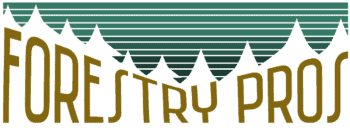- How to Rot a Tree Stump Fast with Chemicals - December 8, 2023
- Portable Sawmill Rental Guide: Potential Rental Options - December 25, 2022
- Best 18 Inch Chainsaw Chains Worth Your Investment - December 19, 2022
There’s nothing like the smell of fresh pine in the morning, and the Norway Pine is no exception! This glorious coniferous evergreen tree is also known as the Red Pine and is abundant in North America, despite the implications of its name. It has been known to grow with other species like the Virginia, Pitch, and Eastern pine trees and adds a unique and aesthetically pleasing quality to richly forested areas. The only other type of tree in the area that might be confused with it would be the Austrian pine. There is a way to test if you’re unsure. Take off a needle to bend it all the way, and it snaps, then you have a Norway Pine!
Minnesota holds the Norway Pine in high esteem as the state tree and it boasts heights of one hundred and twenty-five feet or more! It is distinct in adulthood with a conical crown at the top that indicates maturity. It will reach this stage rather quickly if grown in optimal conditions and can endure harsh weather like many other pine trees. It is gorgeous and offers many valuable applications in woodworking, and humans certainly capitalize while maintaining respect for the species.
Regarding the surrounding habitat, Red Pine forests don’t provide the most hospitable environment for animals or game birds. Still, certain species like the bald eagle use them for nesting and raising their young. Let’s breathe fresh air together and observe some of the subtleties of Norway Pines! This Norway Pine Tree Guide may even encourage a spontaneous trip to the Itasca state park, where over five thousand acres are filled with these masterpieces of mother nature.
Here you will discover some of the oldest pines that can stand the test of time. I am proud to be your tree-hugging expert to guide you through the forest of information and discover what makes them truly special!
Bottom Line Up Front
The Norway Pine (Red Pine) is a resilient pine tree located in North America and is known for its distinctive reddish bark, rapid growth, and dome-like conical crown. It is straight and can grow incredibly tall in the right conditions. It is found in both natural forests and within organized plantations to harvest for its wide variety of uses.
Examining the Common Characteristics
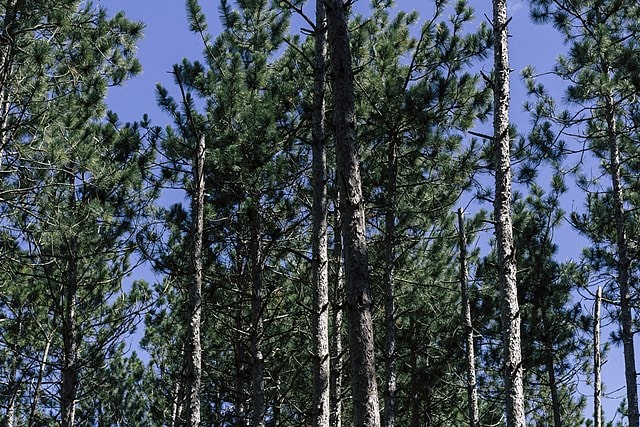
We will explore some notable characteristics of the Norway Pine here so you can spot them and develop an appreciation for this species. This is the most common tree found around Minnesota, and one of the speculated reasons for the misleading name is that it grows in great abundance near Norway Township within the state. These pines tower above humans and reach astonishing heights of seventy-five to over one-hundred feet.
They have a distinct reddish-brown bark that is organized into larger plates or segments as it continues to mature. This gives it an almost artistic quality and inspires the imagination with heavily armored wooden plates. The needles are arranged in two groupings, having a dark-green color, and are around two inches long. There are cones that have a light brown coloration that subtly fade to grey.
One of the fascinating characteristics is that it is a self-pruning tree, so it’s infrequent to observe any dead branches. This gives the Norway Pine visual continuity throughout the year. Older pines have a longer branchless trunk because of this self-pruning mechanism. This Red Pine has a slow to moderate growth rate, but this can be accelerated if it grows in enhanced conditions.
Scientific Classification & Information
The Norway Pine is part of the Plantae Kingdom, and its scientific name is Pinus resinosa. The French name for this pine is Pin rouge. It has a trunk diameter of around three feet and three inches. The leaves are best referred to as needles, as you would notice they have a sharper quality, most common in pine trees. These have a rather dark-green coloration, but this can vary in brightness with some yellow hues.
Every fascicle has precisely two needles that extend around twelve to eighteen centimeters long. The cones are of a symmetrical ovoid quality and have a purple appearance in the youth stage. The Norway Pine has a distinctive thick bark with a brown-grey base, complemented by a faded orange color towards the top when developing. They don’t build their unique-looking armor until they mature and become plated.
These pines are located in Eastern North America and west of Minnesota. You can also find them in other sporadic locations such as Illinois, West Virginia, and Northern New Jersey. You will see flowers start to appear from April to June with a monoecious breeding system.
Seed production will begin at around fifteen to twenty-five years, but it starts to flourish significantly from fifty to one hundred fifty years old. Like many trees, if you plant them, they will outlive you with superb durability, productivity, and strength. Some can live upwards of five hundred years, which is remarkable!
Norway Pine Tree Uses
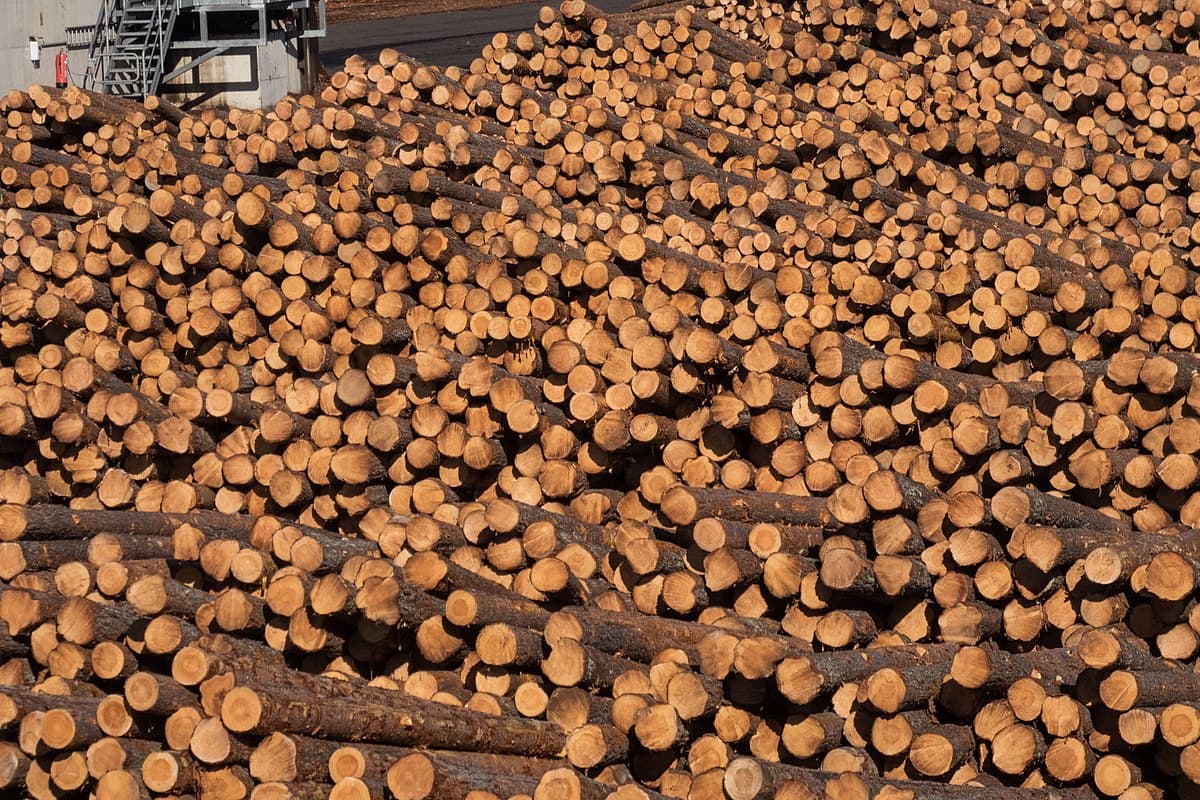
At a Norway Pine plantation, they are grown in a straight linear fashion and spaced evenly for an ergonomic harvest. I believe this fantastic pine tree’s first and most important use is to take in carbon dioxide and produce oxygen for us. It is also a pleasure to enjoy and can be therapeutic if you’re looking for some breathtaking scenery. Of course, it can also be used for practical woodworking purposes, making it a nice option.
You probably have something in your home made from Norway Pine right now. One of the most common uses is for pulpwood, which is then transformed into paper for printing and wrapping. It produces a high-quality result. The rotation rate of the Red Pine for optimal production purposes is sixty to ninety years. It is considered a wood easier to work with for machine and hand-crafting. Below are some typical recognizable uses:
- Construction of Long Poles
- Cabin Logs For Building
- Posts & Lumber
- Pulpwood for papers
- Mine timbers
- Railroad ties
- A viable fuel source
- Potential Christmas tree & Decorations
Growing The Norway Pine
Sandy soils are the most common habitat for growing the Norway Pine, but they thrive better in loamy soils, providing they are well-drained. The best way to harvest this pine is to clear-cut and plant after for the best results. Shrub control and constant exposure to mineral soil are essential. All professional grow sites do their best to reduce any competition for light in the area to get the best flourishing results.
Mechanical equipment, herbicides, and nutrients are implemented to encourage them to grow better. The standard spacing is seven by seven feet to ensure each red pine has enough space to thrive and get enough light.
Sometimes this is increased to ten by ten to be safe. When you intend to harvest a Norway Pine, the pruning process is mandatory for the best-quality saw timber.
Ideal Growth Conditions
- Winter: Colder winters with a temperature range of -18 and -4 degrees C (0 to 25 degrees F)
- Summer: Relatively cool to warm at 16-20 degrees C (60 to 68 degrees F)
- Rain: 510-1,010 mm yearly
- Sunlight Requirements: Vigorous Full Sun
- Soil Needs: Moist, Sandy Loam, high drainage, acidic & dry
Nurturing The Norway Pine
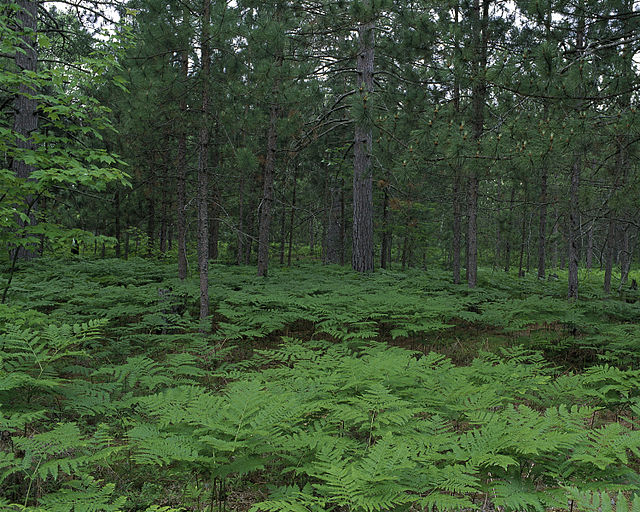
Location, light, and temperature are all crucial elements when nurturing the Norway Pine. The nature of the soil is also vital for keeping them healthy and free of any hardships. Modern fertilizer methods keep them healthy, but they are more prone to developing diseases in the wild. It’s good to prune when growing them for practical uses, but a bad idea to over-prune. Less is more when it comes to pruning and nutrients.
The Red Pine is a top player in the lumber industry and is harvested because of its reliable quality. If adequately treated, it will grow moderately and produce healthy, pristine results for various industries. An interesting fact about this tree is it can survive in nutrient-poor conditions within nature where other trees would inevitably perish. The best way to nurture the Norway Pine is to give it plenty of room for sunlight and reduce shading hindrances in the canopy.
Problems & Threats Against The Norway Pine
Bark Beetles
These nasty little buggers can pose a severe problem for Norway Pines, especially during droughts. They can infest and damage the bark without mercy if you don’t take the necessary precautions. One way to prevent damage is to remove woody debris. Avoiding wounding trees while harvesting or thinning is also ideal.
Other Invasive Insects
Sawflies and jack pine budworms can cause some damage over time. The European pine shoot moth can significantly damage the bud tips of flowering pines. White grubs and pine root collar weevils are also the natural enemies of red pine. Using insecticides can help control the problem, but their effectiveness is somewhat limited. Pruning and removing stray needles at the tree base can help the situation.
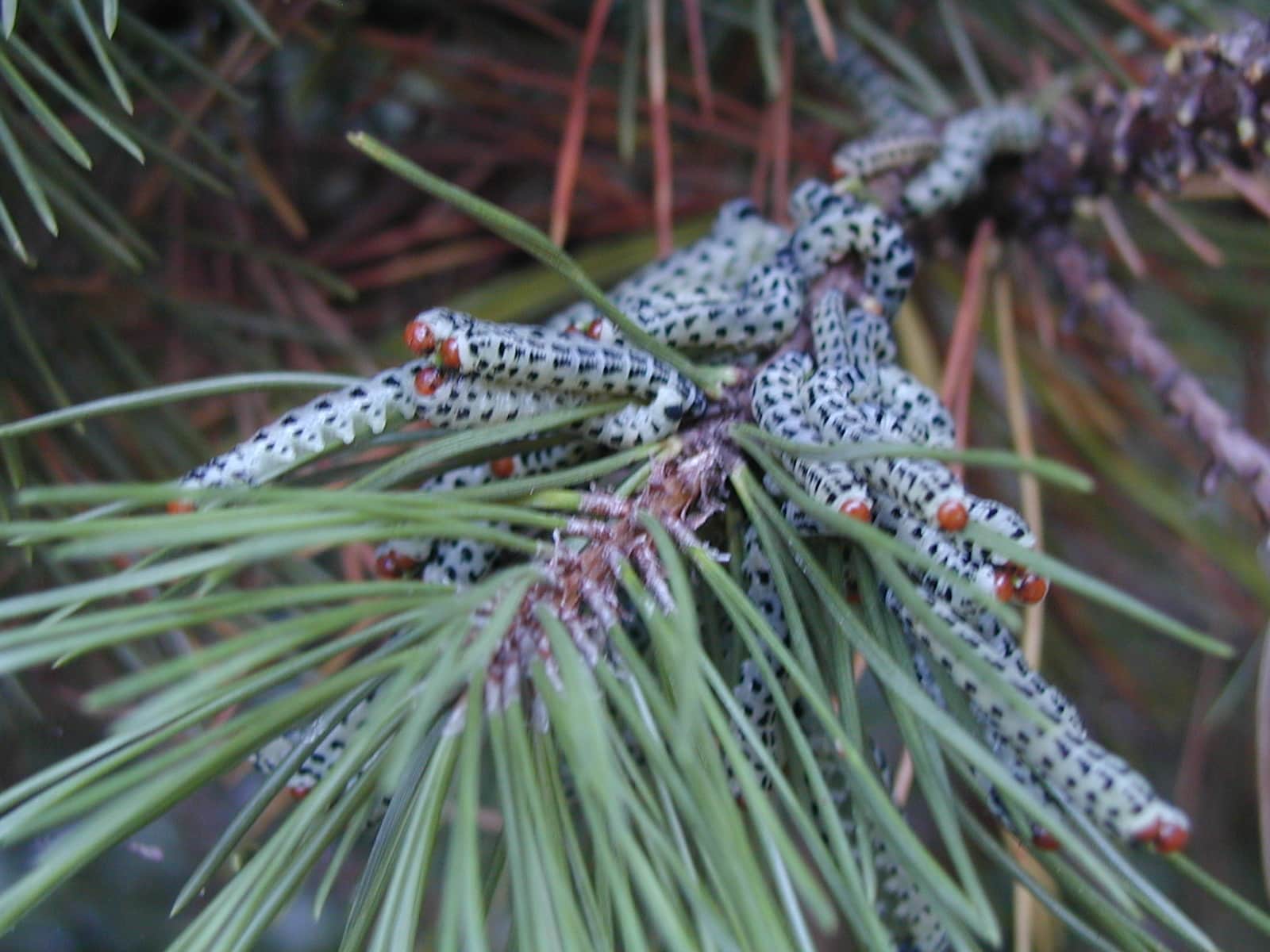
Threatening Diseases
One of the best ways to deal with diseases is to remove the different infected trees from the plantation. However, maintaining the best conditions is a potent preventative measure. Note that Norway Pines are naturally resilient against insects and disease without human enhancements. However, in their younger state, it’s easier for them to get infected and can be negatively impacted by pests or diseases.
Here are some of the most common illnesses that growers have to look out for when planting this species, but its natural resistance gives you more confidence than other trees. Keeping a vigilant eye throughout all stages of growth will ensure you can take immediate action to address the problem or remove them altogether. These are some common diseases in pine trees to note:
- Diplodia
- Various Root Rots
- Butt Rots
- Needle Blights
- Red Pine Shoot Blight
- Scleroderris canker
Potential Animal Injuries
You might not think that a passing animal could ever damage a tree. After all, it would seem difficult to penetrate the rugged bark. Well, think about a male deer’s antlers or burrowing mice. It’s important not to underestimate the power of animals, especially in numbers. Indeed, animals can damage even the most resilient pine trees.
That being said, there are some ways to deal with it. Removing the surrounding protective grass will discourage small or large animals from coming near the tree. If this isn’t enough, certain animal repellants can deter them from getting curious and stripping off the bark or bumping against the pines.
FAQs On The Norway Pine
Question: Is the Norway Pine Tree the same as the Red Pine?
Answer: Yes, they are the same tree, but the only place that actively calls it the Norway Pine is Minnesota.
Question: Where can you find the most Norway Pine trees?
Answer: Minnesota has the most Red Pine trees. They are abundant throughout North America and Itasca state park is one of the best places to view them.
Question: Why is it called the Norway Pine even though it’s not in Norway?
Answer: The Norway Pine has absolutely nothing to do with Norway, but there is a theory that the English settlers saw a resemblance to the Norwegian scotch pine and named it accordingly. The name “Red Pine” is given because of the obvious scaly reddish bark.
Question: How fast do Norway Pines grow in optimal conditions?
Answer: The Norway Pine is a slow or moderate grower, but it can have relatively fast growth in optimal conditions with the right treatments.
Conclusion: Norway Pines Are Beautiful, Useful, & Highly Resilient
Norway Pines are some of the most stunning pine trees, and traveling to view their majestic presence is worth the trip. They have many practical uses, from paper to furniture, and are harvested regularly. They are some of the most resilient trees in nature, with profound resistance to invasive species of insects and disease. Interestingly, these are the most common tree in Minnesota and are considered the official state tree. Although they are used for industrial purposes, the conservation of this species is essential.
It would be worth visiting a natural pine forest to enjoy its flourishing scenery and take some pictures. Their picturesque quality in numbers pierces the sky above all life and makes for an impressive view from far away or close up. It is a staple of the lumber industry and helps us breathe better when kept alive.
Any tree that can live hundreds of years and towers over one hundred feet is worth witnessing to gain perspective and appreciate them fully. I hope this has helped you gain insight into their unique characteristics, uses, and valuable scientific information!
